One thing that continually amazes me and pisses me off is how seemingly intelligent people can argue that more freedom is somehow a *bad* thing… And I’m not limiting this to just the many articles that have come out denouncing the recent Obergefell ruling.
At least one thing that can be said about this recent Supreme Court term is that they have slapped the government hard whenever Constitutional freedoms have come into play. They
- declared unconstitutional a program wherein the Federal government seized without compensation half of a raisin production
- struck a law in Los Angeles, California, that requires hotels to keep records of patrons on file for 90 days to be searched upon request by law enforcement (I wonder what implications that has on 18 USC § 2257, actually)
- declared part of the Armed Career Criminal Act to be unconstitutionally vague (and I consider it to be a violation of Ring v. Arizona‘s requirement that all aggravating sentencing factors be put before a jury)
- declared that a State government does not have to honor any proposed license plate design, as the license plate is considered “government speech”
- limited applicability of the Controlled Substance Analogue Enforcement Act of 1986, striking a blow to the perpetual “war on drugs”
- citing the First Amendment, struck a city ordinance that limited the display of signs to specific times and places
- citing the Civil Rights Act of 1964, declared Abercrombie & Fitch violated the civil rights of a prospective employee due only to her choice of clothing, which was selected due to her religion
- affirmed the mens rea principle of criminal law with regard to text published online, requiring that the prosecution show that text that appears to be threatening also be intended to convey a threat, that the mere possibility it could be viewed as threatening is not enough for a conviction
- limited the applicability of local income taxes to just income earned in that locality
- declared a police officer must demonstrate reasonable suspicion for extending a police stop beyond the initial cause for the detention
- declared a post-conviction GPS monitor to be a search under the Fourth Amendment, the question of whether it is unreasonable is up to the lower Courts to address
- declared that Amtrak acts as a regulatory agency when it issues “metrics and standards” (i.e. regulations) regarding the performance and scheduling of passenger rail travel
- declared that a “tangible object” under §1519 of the Sarbanes-Oxley Act of 2002 is “one used to record or preserve information”, meaning it cannot be applied to fish
- declared that a Muslim prisoner can grow a beard of a reasonable length (in the case in question, it was ½”) — which can basically be summarized as “They’re not allowing the prisoner to grow a ½” beard because of an interest to regulate contraband? Are you serious?”
* * * * *
I cannot escape discussion of King v. Burwell here.
The Supreme Court ruled that the judiciary should, in short, overlook any drafting errors in a major piece of legislation simply because the regulatory agency responsible for implementing the law is going off some unspecified legislative “intent”.
The facts of the matter are quite clear. The text of the law does not extend Federal subsidies to the Federal exchange — to say it does means you need to re-learn how to read. The IRS even acknowledged such when writing the initial regulations. But instead of taking it up with Congress to address the obvious oversight — since many have asserted, though it’s been contested, that Congress intended to extend the subsidies to the Federal exchange — the IRS just wrote the rules to extend the subsidies.
Part of the contest of the noted assertion comes this question: “Why have the States set up exchanges at all when the Federal government can just establish its own exchanges in a State and subsidize it from the Treasury?” The only reason the Federal government would’ve been required to at least give States the option of establishing an exchange is State sovereignty, which is still violated by the Federal exchange anyway.
The implications of this ruling are far reaching. While the ruling does not grant the Executive Branch authority to write whatever rules it wants, it does grant the Executive Branch wide latitude to interpret laws in politically expedient ways. Such wide latitude is contrary to the Constitution, as all Federal power originates with Congress — see Article I, Section 8 of the Constitution — who then directs the Executive Branch through legislation on how to carry out that power.
Further, the Constitution does not allow the Federal government to spend money without Congressional approval, of which subsidies can be considered money “drawn from the Treasury”. Such a restriction on Federal spending has now been weakened so long as the Federal agency in question can cite some “intent” of the law or Congress.
While the case and ruling itself are limited to the Affordable Care Act, do not presume that the law’s proponents and other authoritarian politicians will not mine the decision for statements they can use to justify other policy implementations.
This ruling will have other effects. Reason Magazine, through its ReasonTV production, noted that this could have the effect of permitting States to shut down their own State-run exchanges in favor of going the Federal route. This could lead to only further limited choice with regard to health insurance, completely contradictory to the original promises of the law’s proponents — I’m still waiting for my premiums to go down, as they’ve actually doubled over the last 5 years.
* * * * *
In a case in which I’m mixed, Heien v. North Carolina, the Court upheld the validity of a police stop based on a police officer’s mistaken understanding of a law regarding vehicle brake lights. The stop led to a consented search of the vehicle, wherein the officer found cocaine, leading to Heien’s arrest and subsequent conviction.
The concern and controversy with this decision lies in the fact that the law that prompted the stop was somewhat ambiguous. And while the ambiguity of the law was resolved by the Courts — meaning you only need one functioning brake light — there was still an adjacent law requiring that all originally installed rear lights be in working order. While the officer cited the brake light as the reason for the stop, the stop was still reasonable under North Carolina’s statutes, making the subsequent consented search still valid under the Fourth Amendment.
The brake light citation itself could be reasonably challenged and vacated, but because the vehicle was still not operating within what is required by law, the stop is still reasonable. This is line with other standing precedent regarding officers being sued for violating a person’s rights. Typically an officer is allowed general leeway to be reasonably mistaken about how the law is interpreted, but the law does not protect those who are clearly incompetent or knowingly in violation.
I’ve seen interpretations of this decision as allowing officers to be ignorant of the law, and that is not the case. And it certainly brings up one very clear point as well: never consent to a search of your vehicle. And as the Court ruled in another case in this term, if you don’t consent to the search, the officer must demonstrate cause for that search, and the extra time detaining you for it.
* * * * *
Another case that also garnered some controversy is Integrity Staffing Solutions v. Busk. This is the case regarding Amazon’s security procedures for individuals leaving an Amazon warehouse.
The opinion in the case said, to summarize, that the time between clocking out of your shift and getting to your car is not wage time. What made the Amazon case unique is that every person who exits the building is subject to a security search that could take up to an additional half hour of your time. The Supreme Court upheld the conclusion that the employees are not entitled to additional wages for that time, at least under the text of the Fair Labor Standards Act.
This is one of those cases where the Court applies the law, but Congress is still free to act. Many thought the Court should’ve ruled that the time is entitled to pay. Nothing in the law prevents an employer from making that time payable, they’re just not required to do so, so says the Supreme Court. Congress is still free to expand the Fair Labor Standards Act to make that time payable, so lobby your Senators and Representative if you feel the law should be expanded.
This is somewhat contrary to King v. Burwell as well. In Integrity Staffing, the Court applied the law as it was written, but in King, the Court basically had to “go out on a limb”.
One thing that was fun, though, was watching all of the various commentators and bloggers online continually writing articles saying “This case shows how the Court will rule in King” or “This case shows how the Court will rule on gay marriage”. So many facepalms all around in that regard.
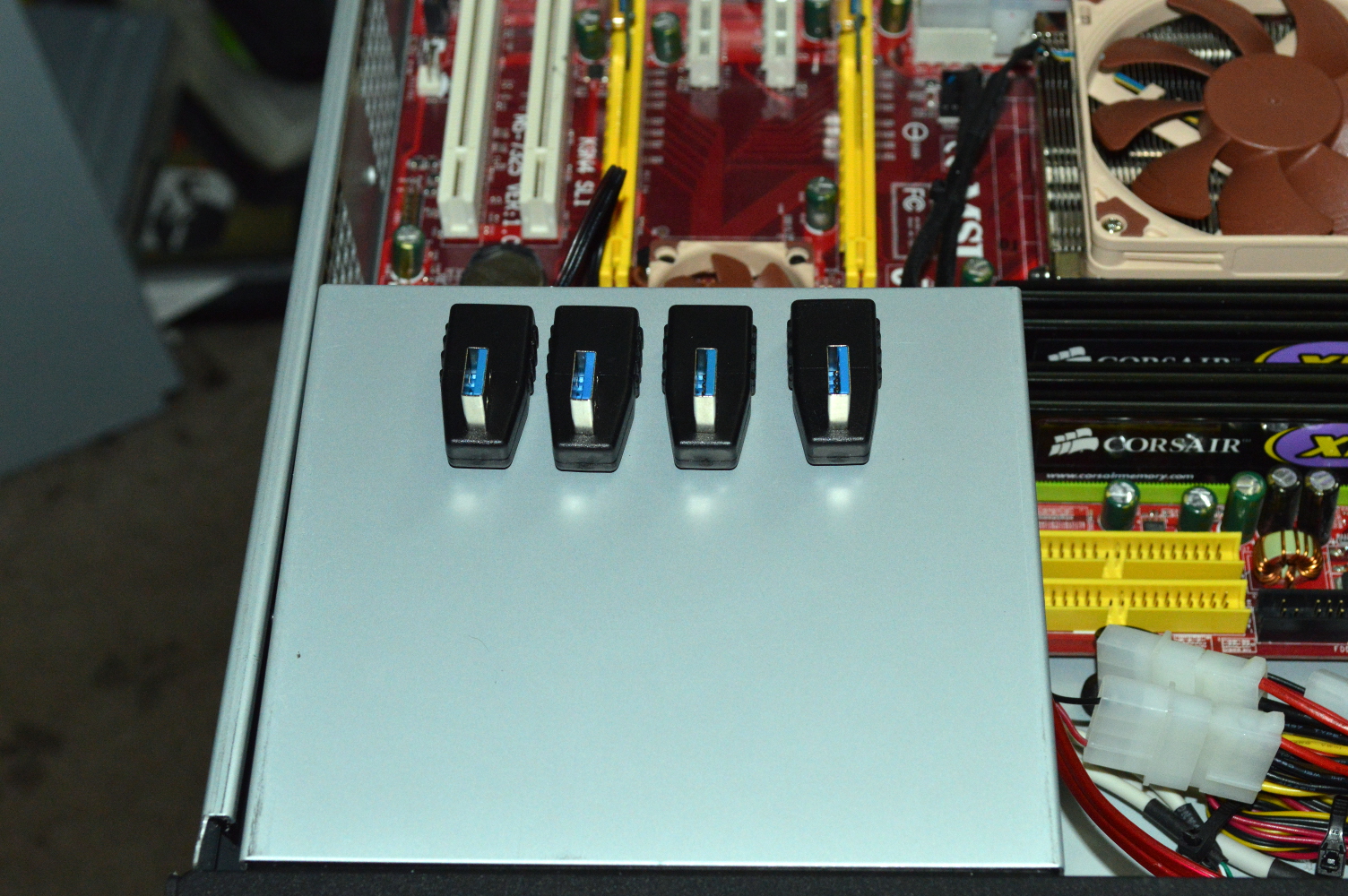
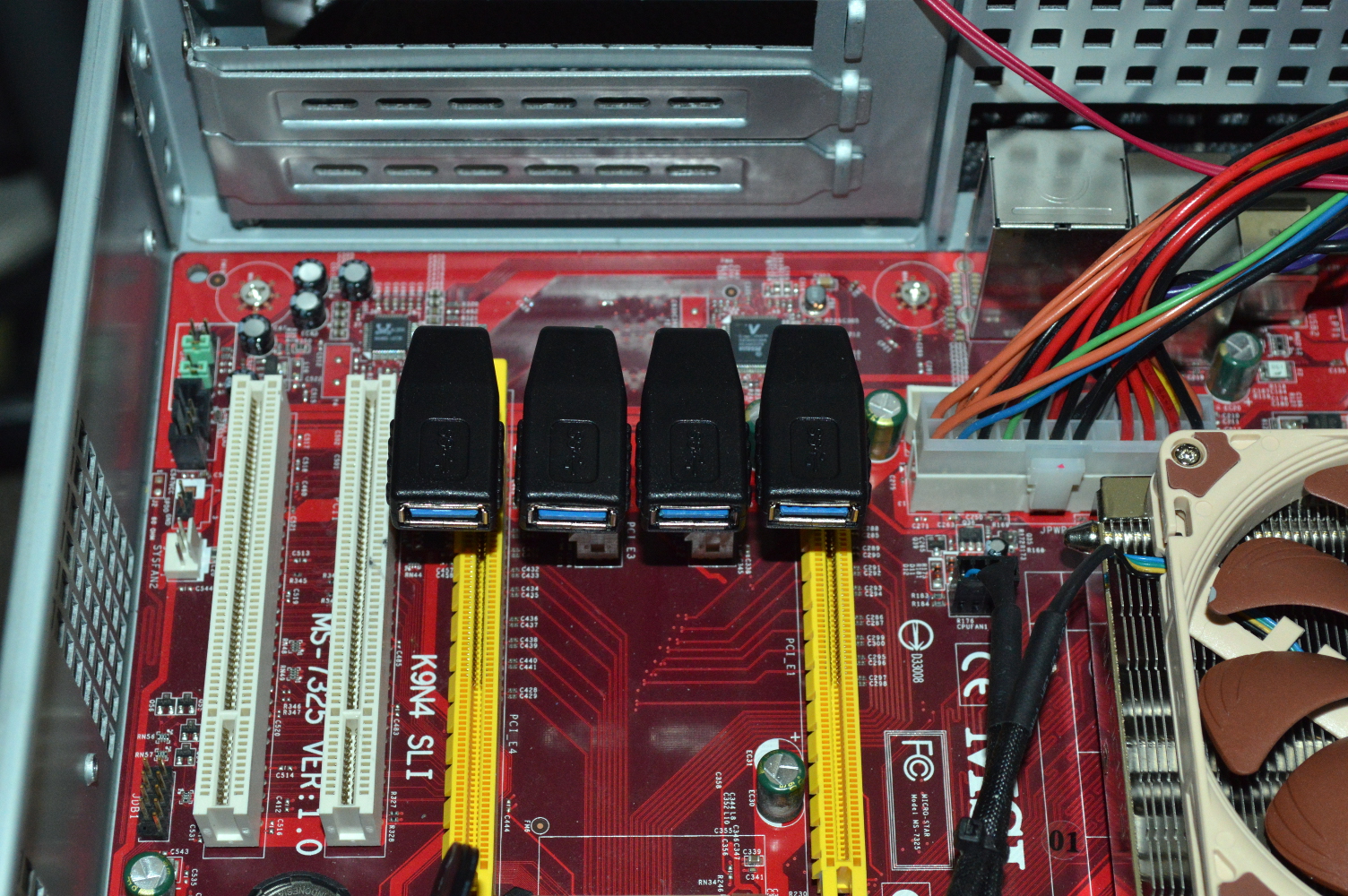
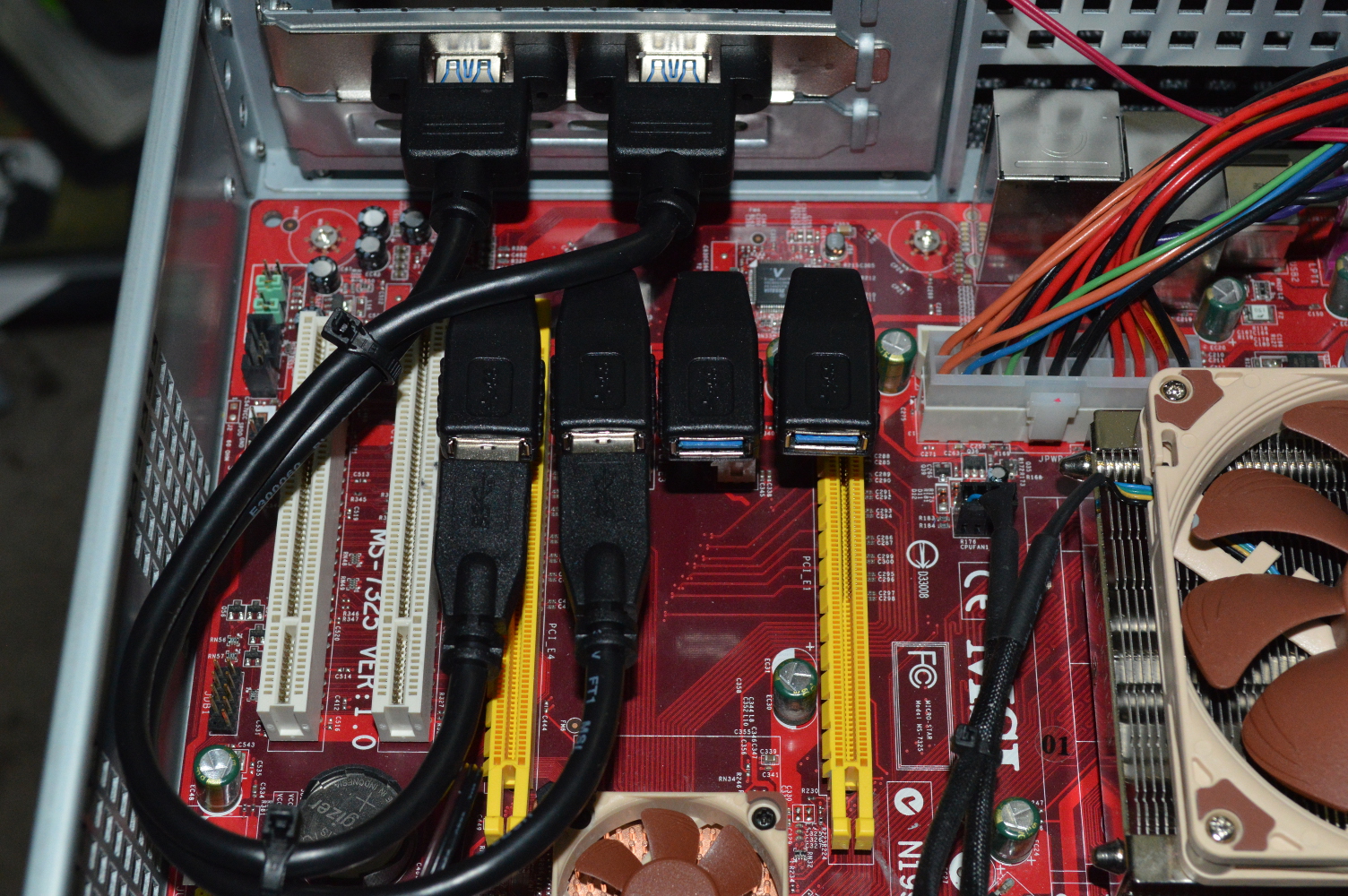
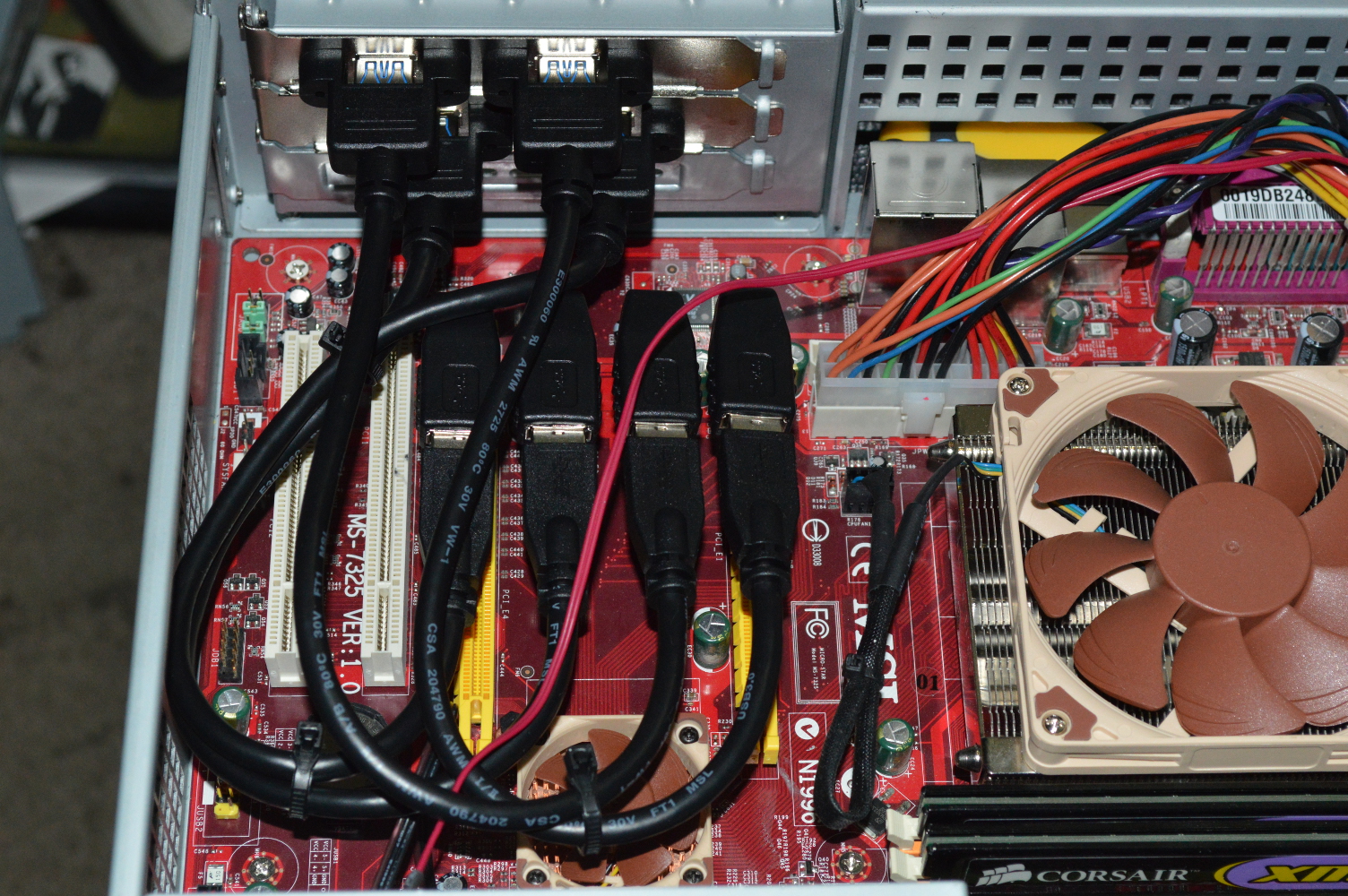
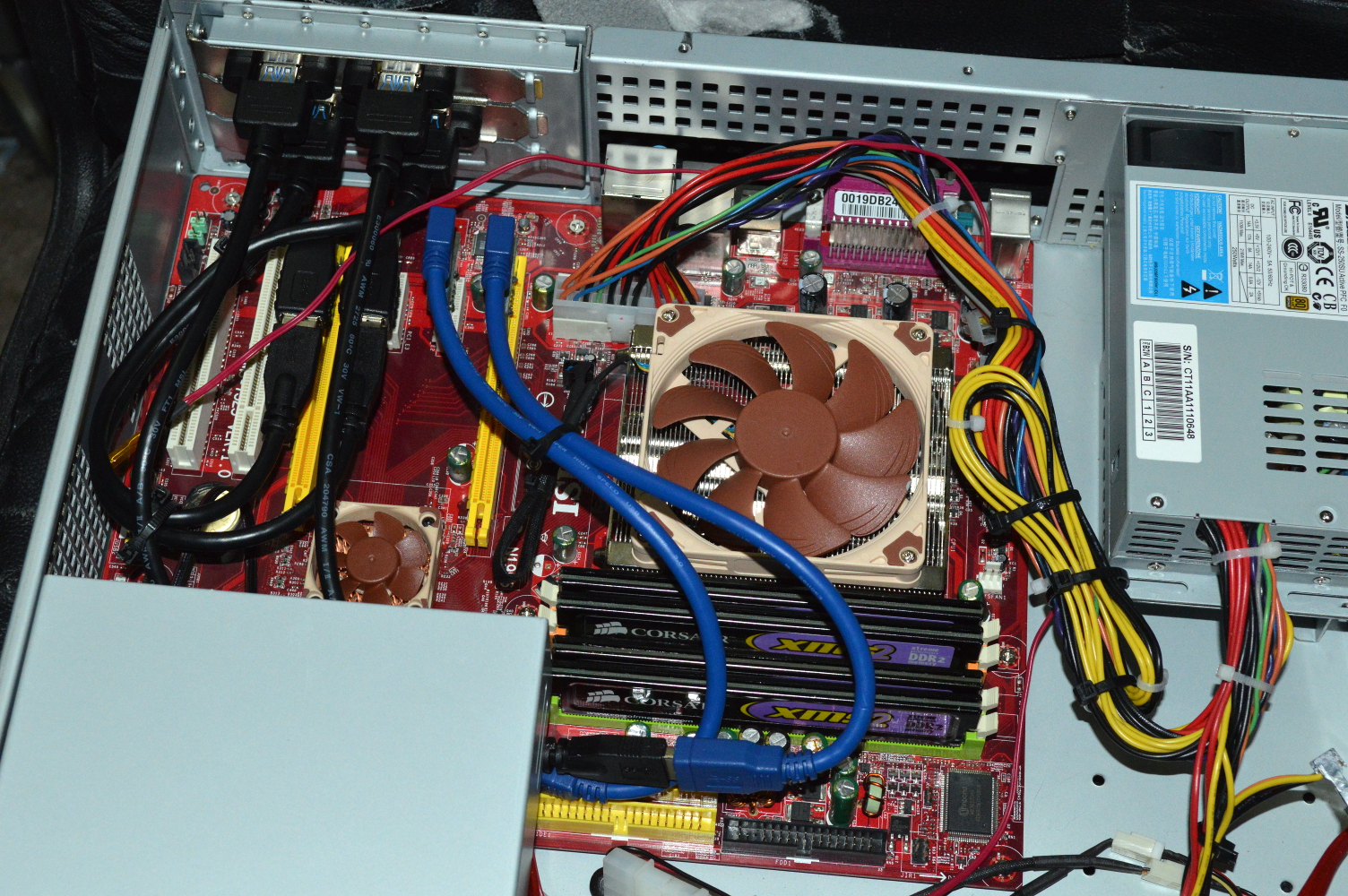
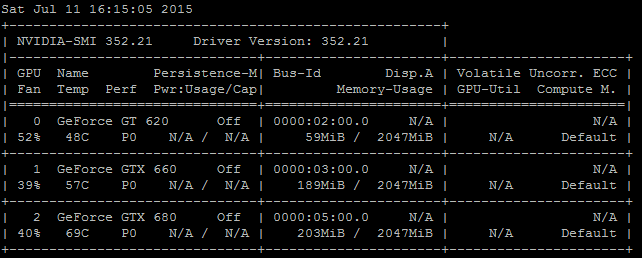
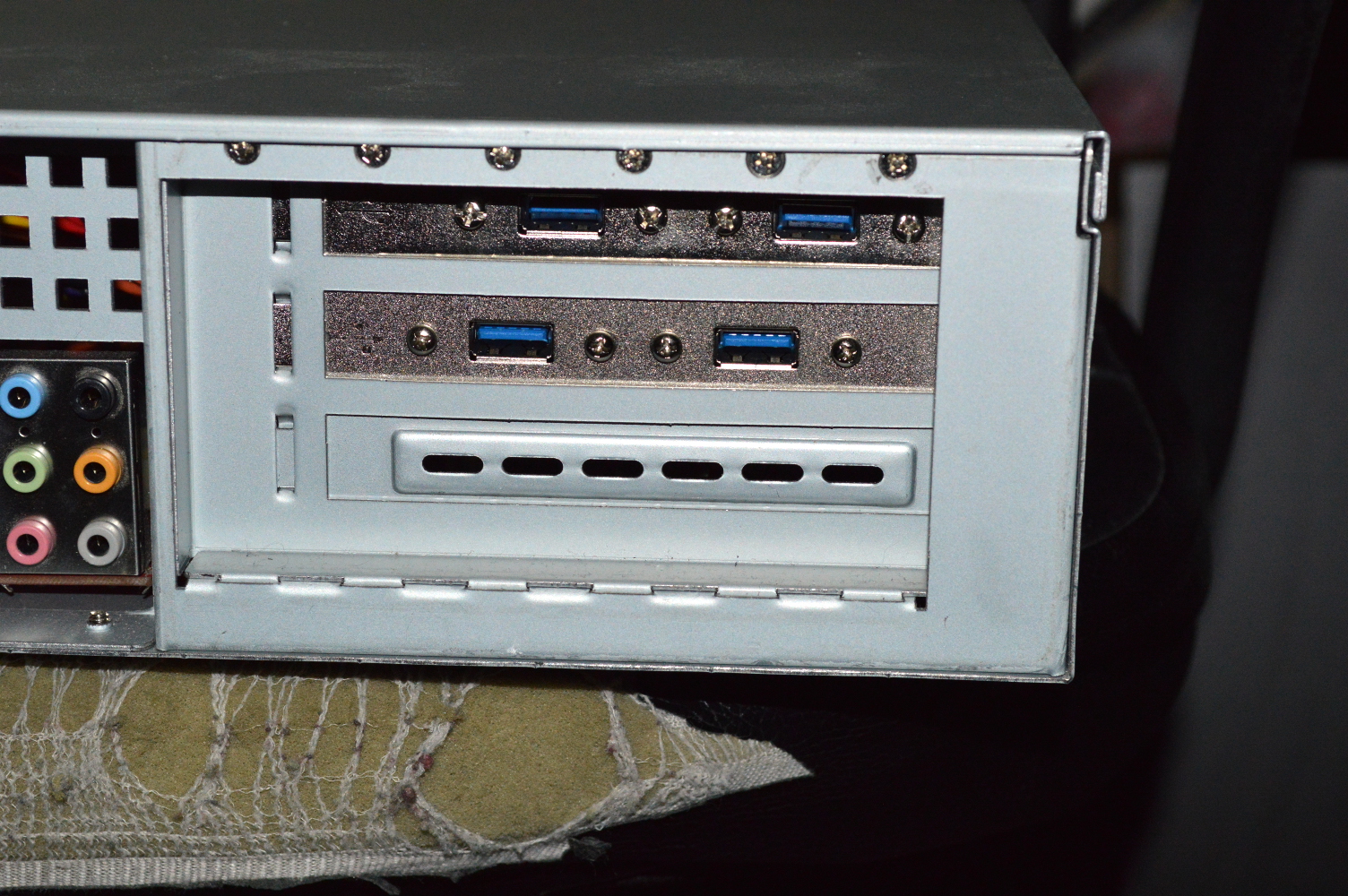


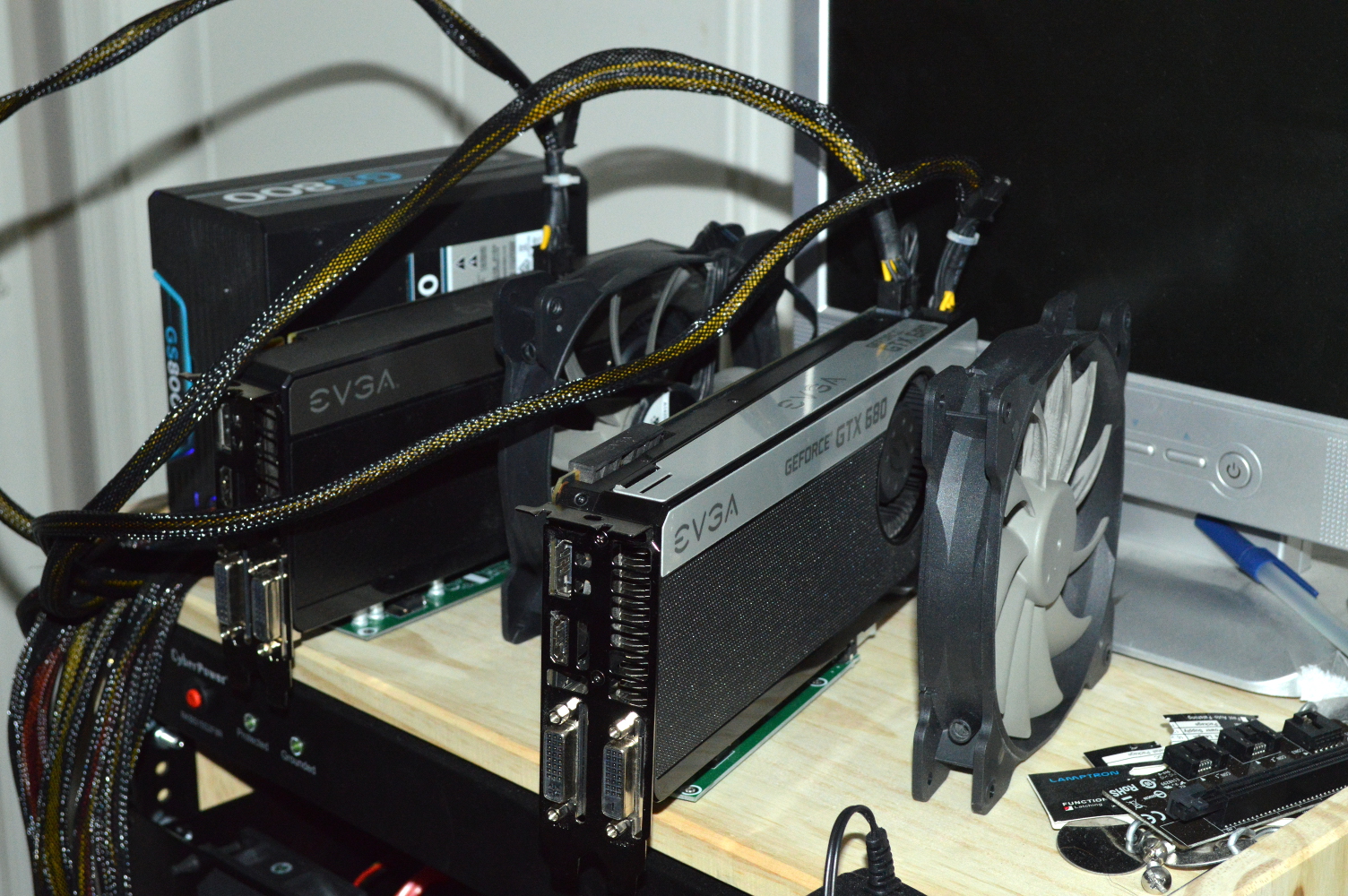
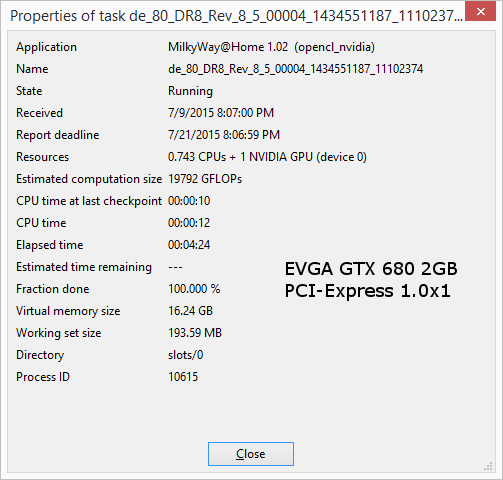
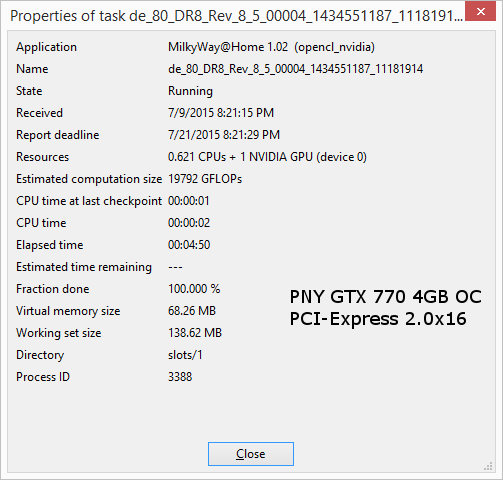
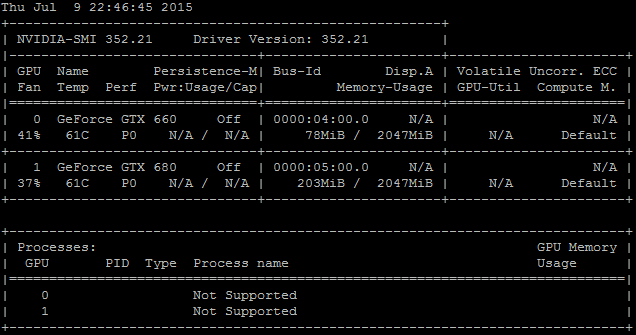
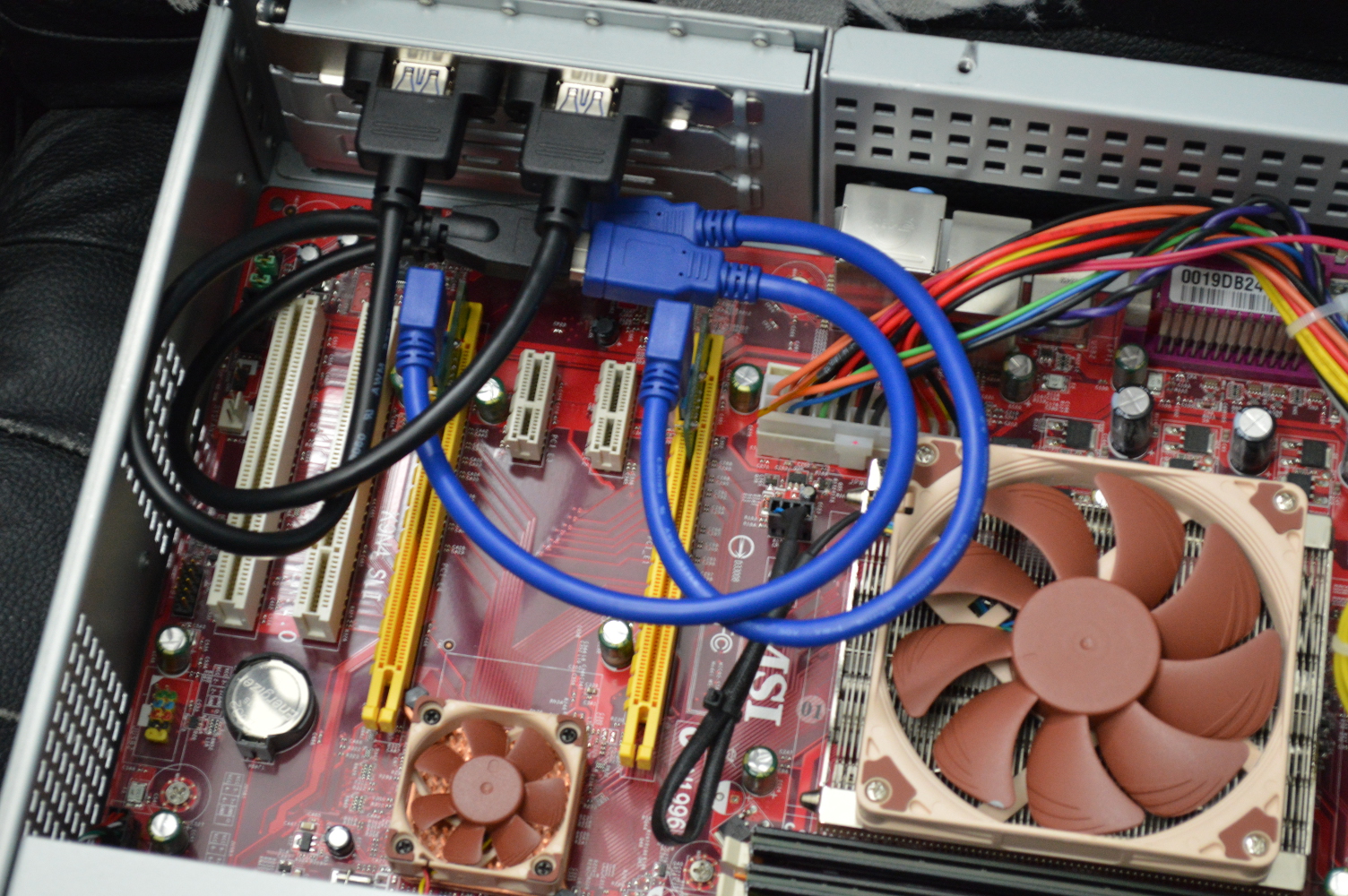
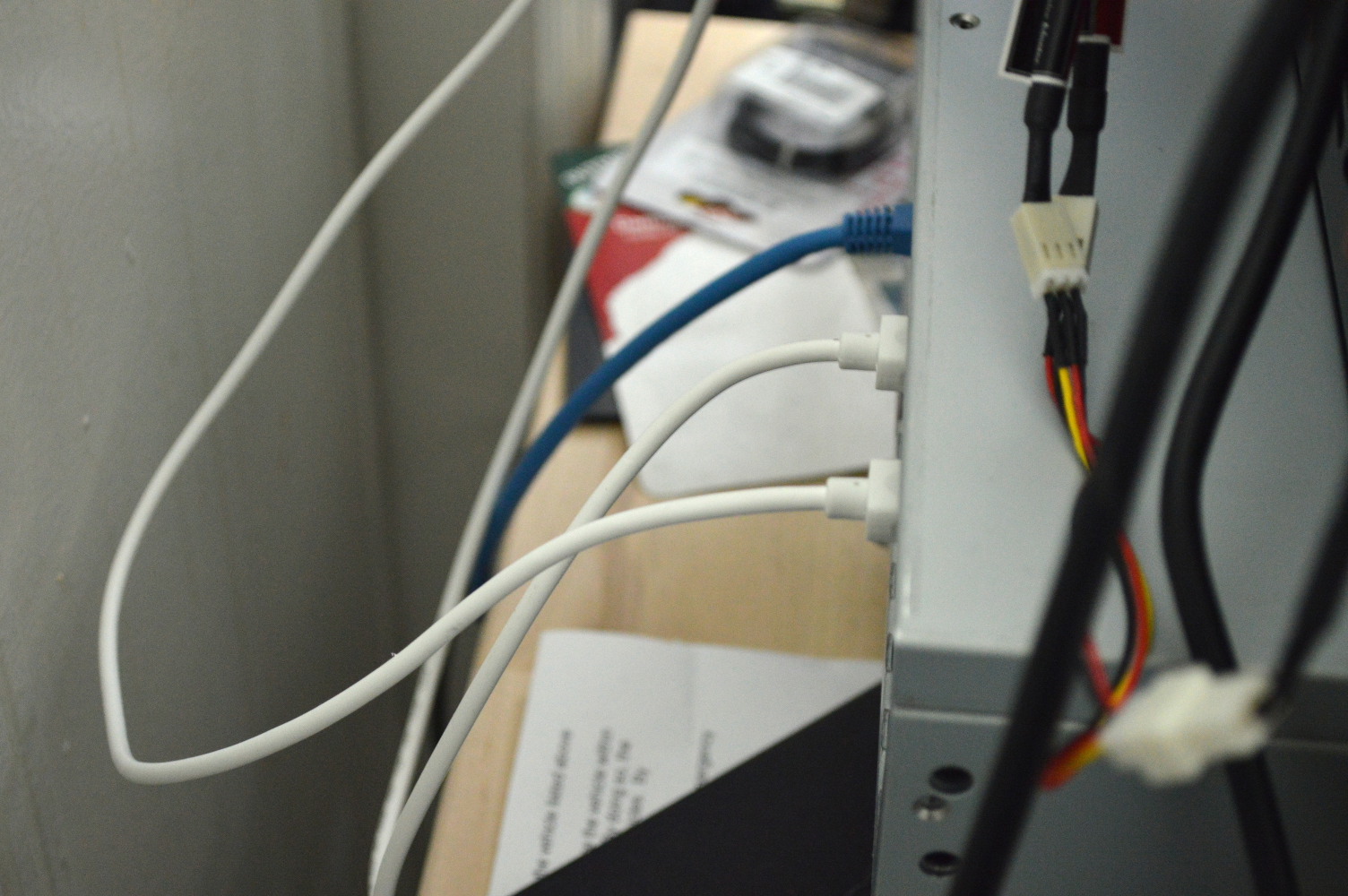
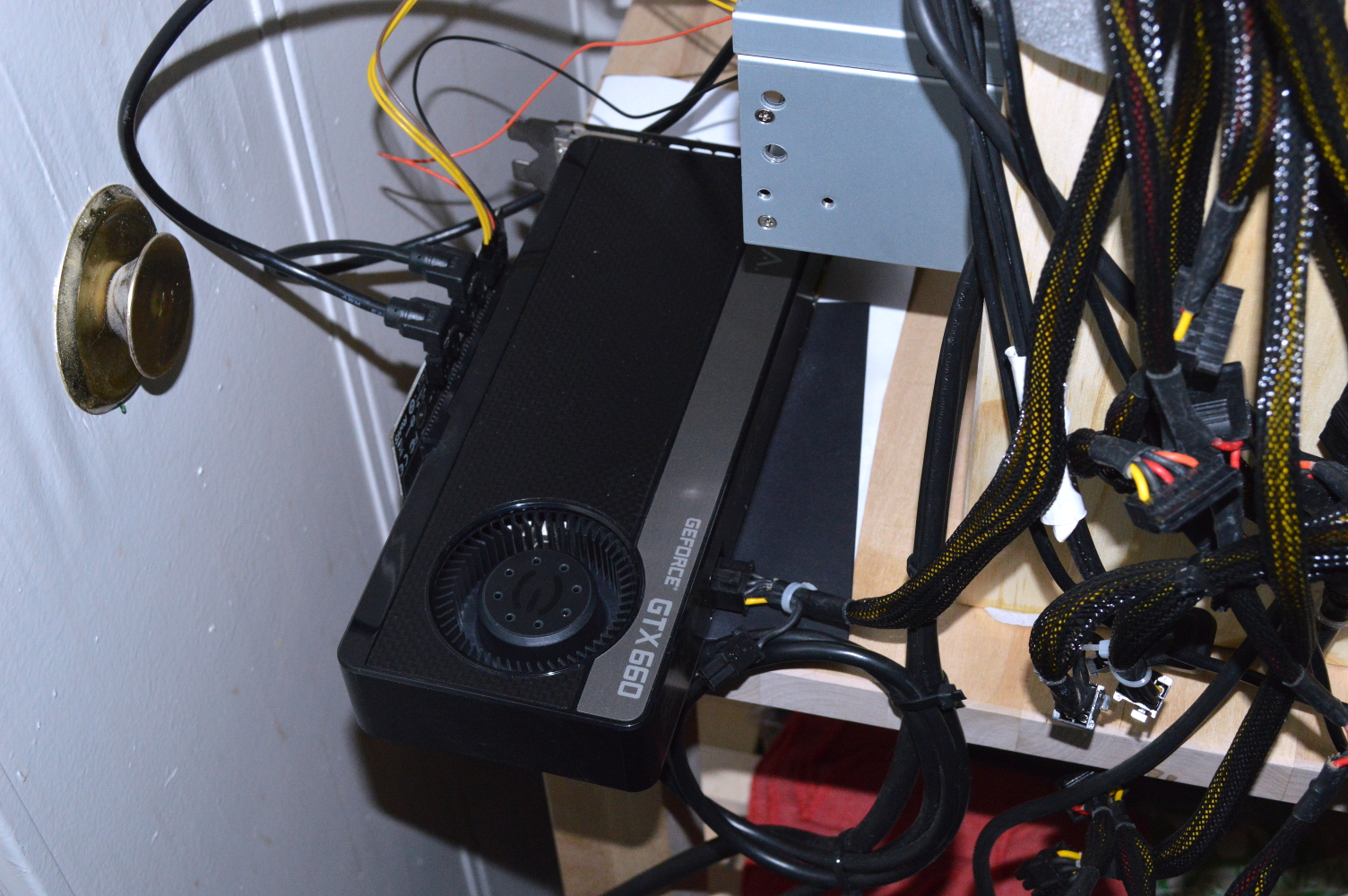
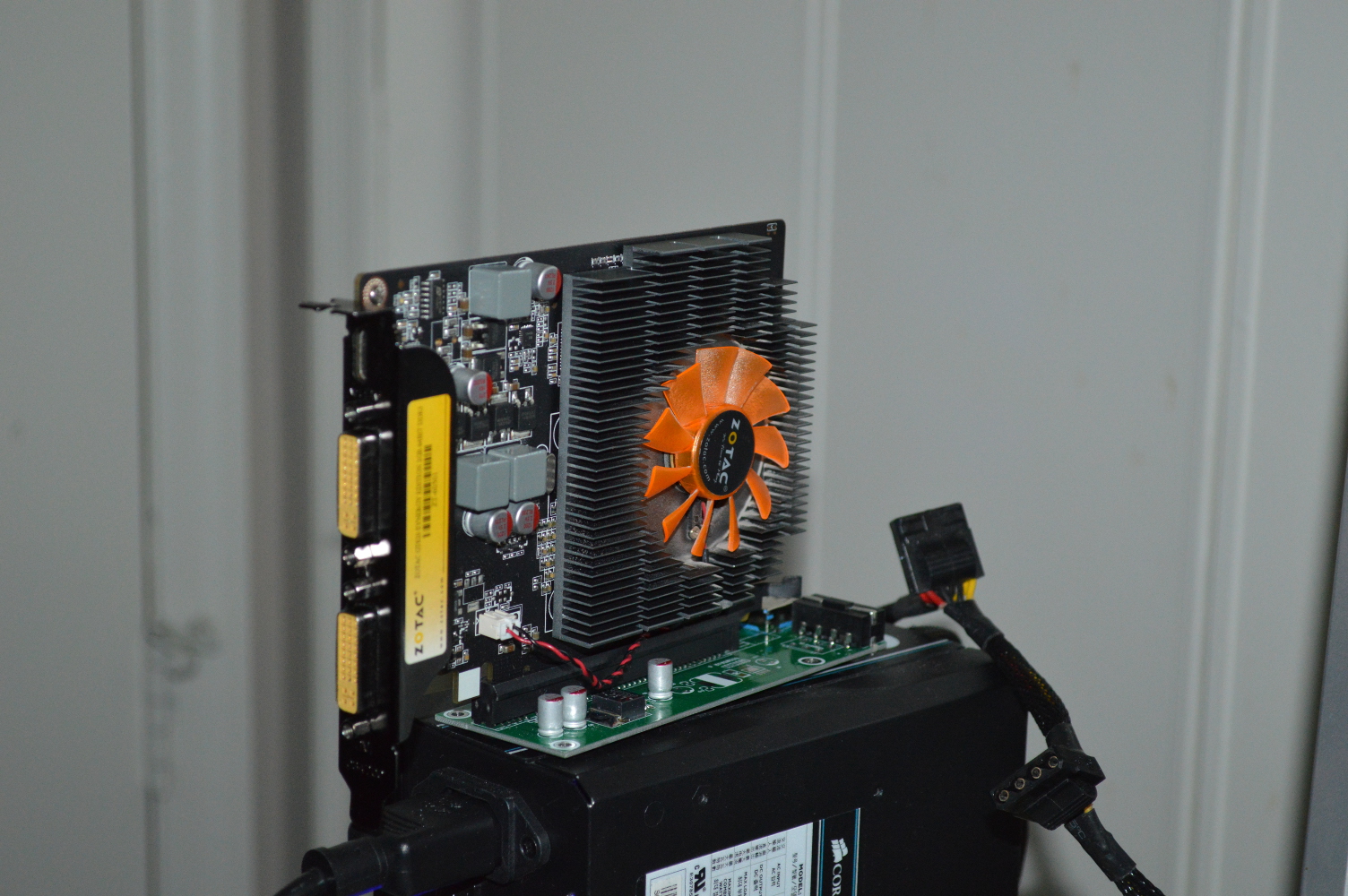
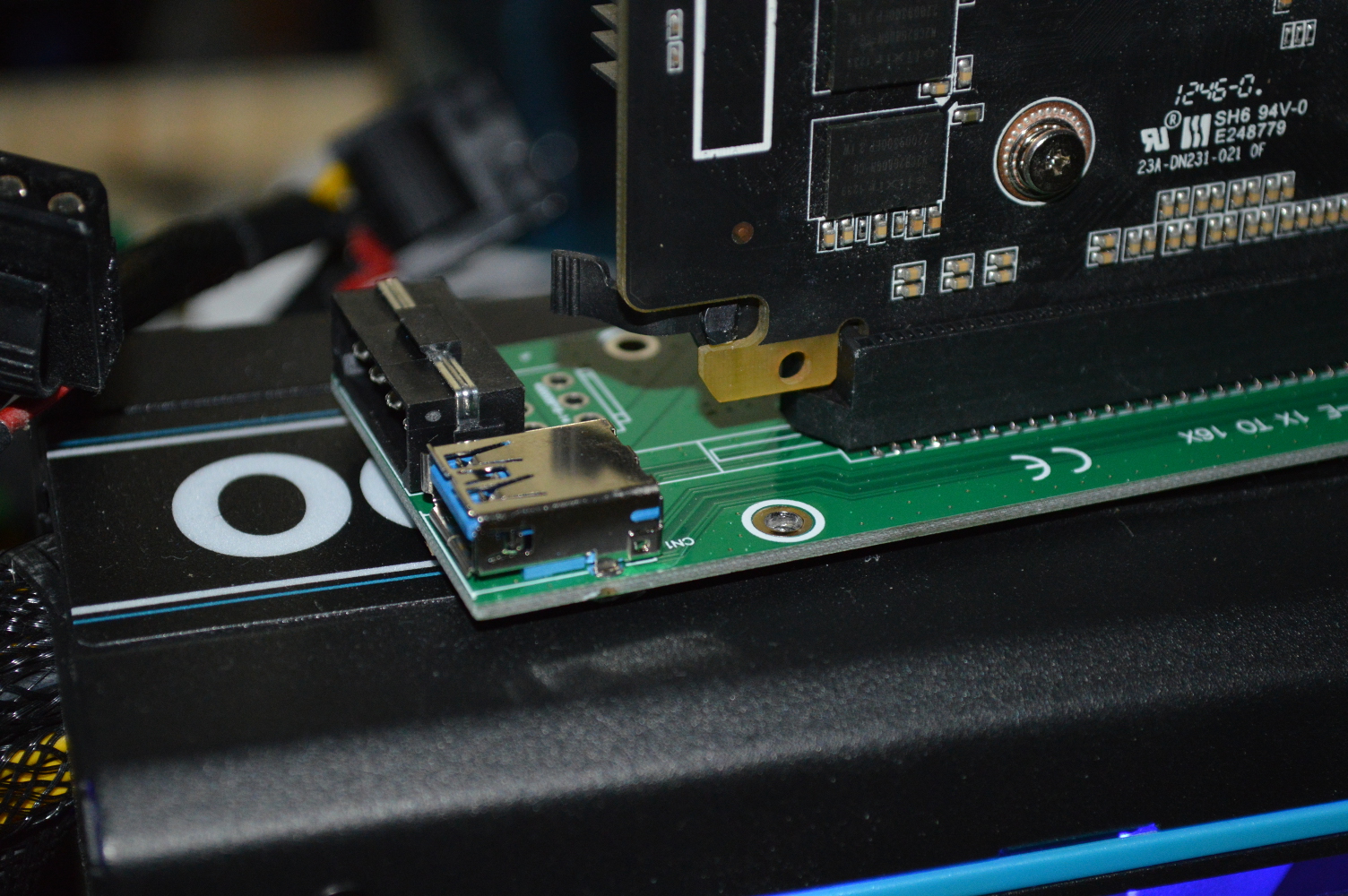
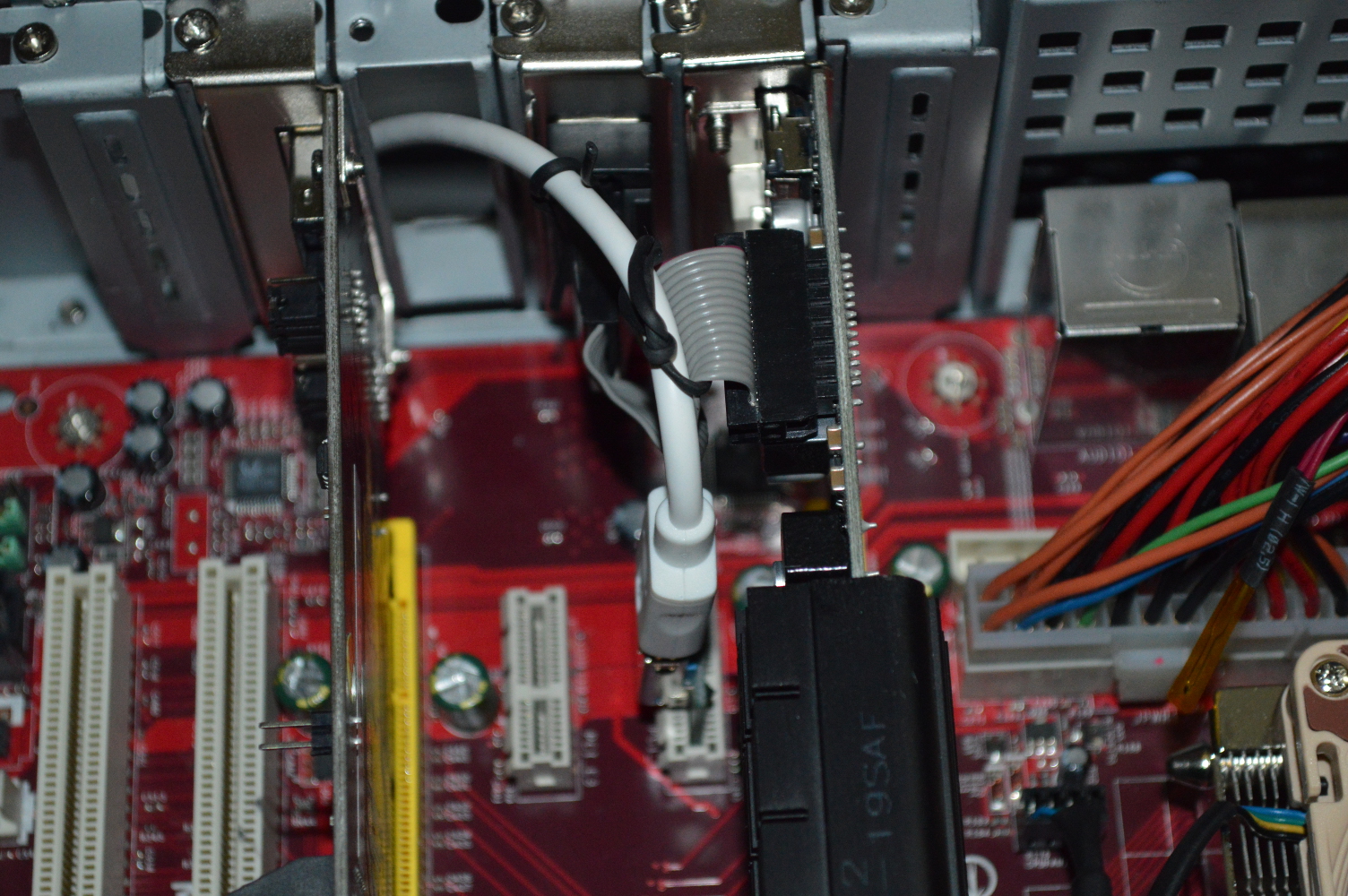
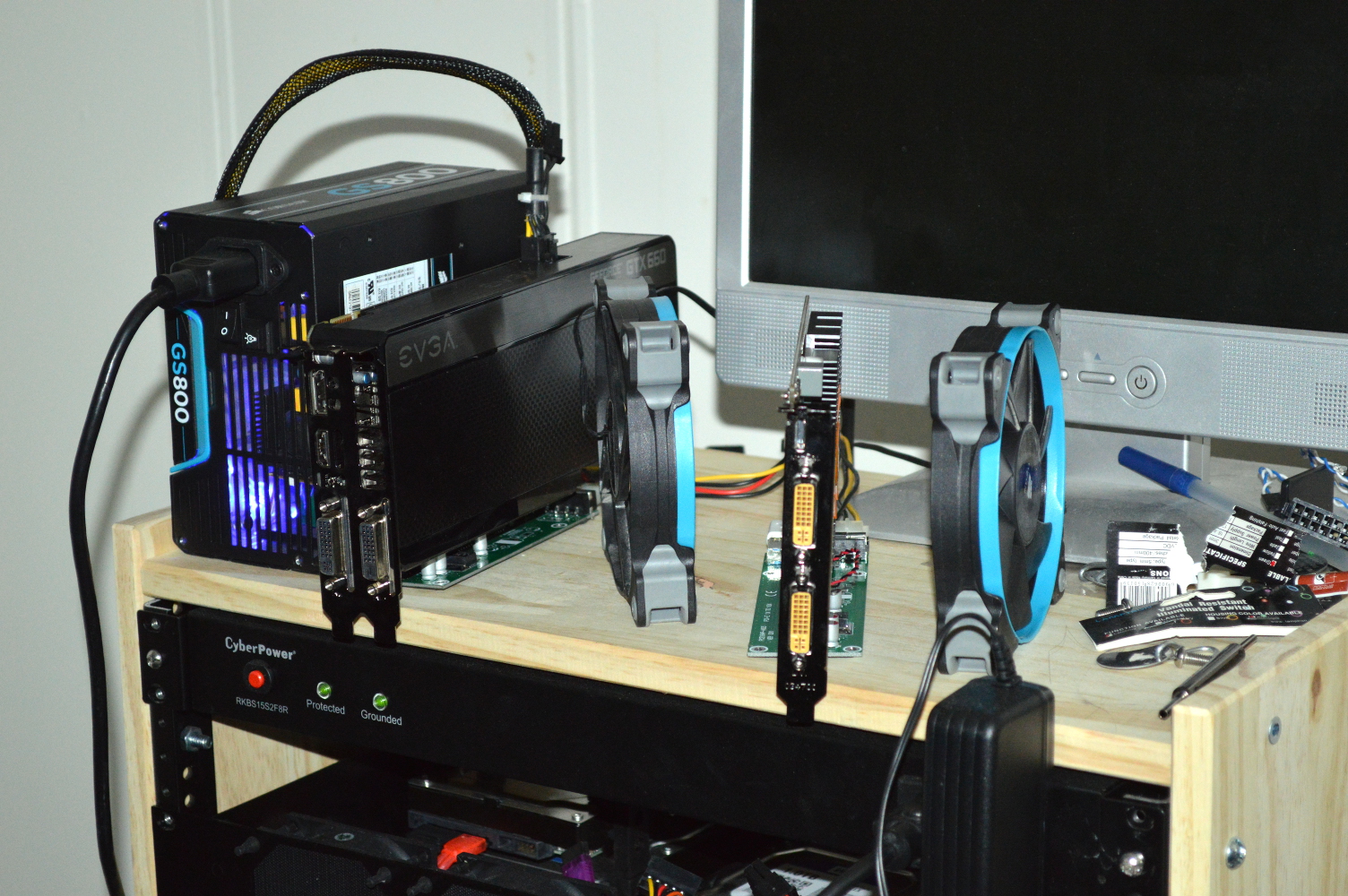
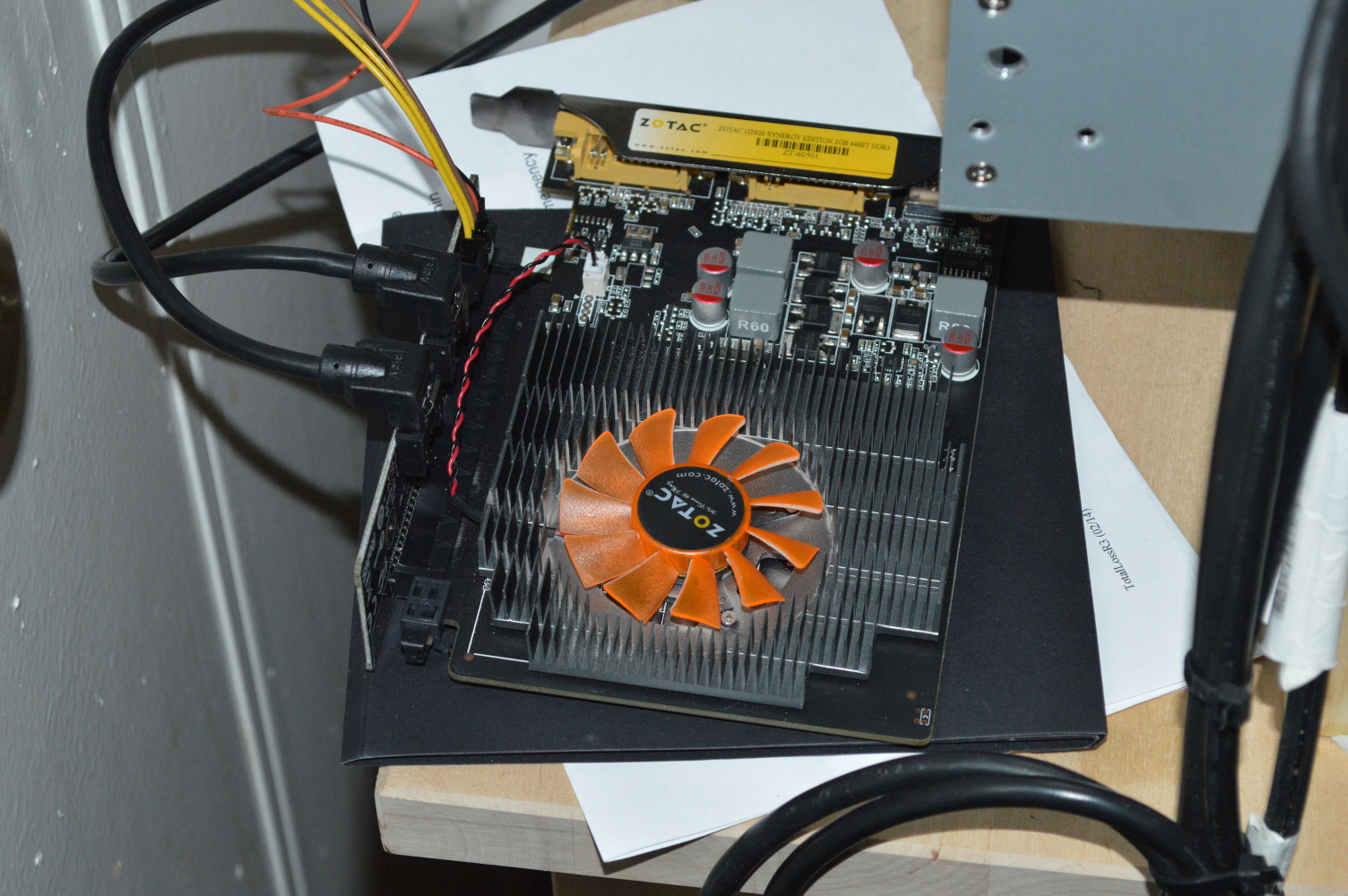
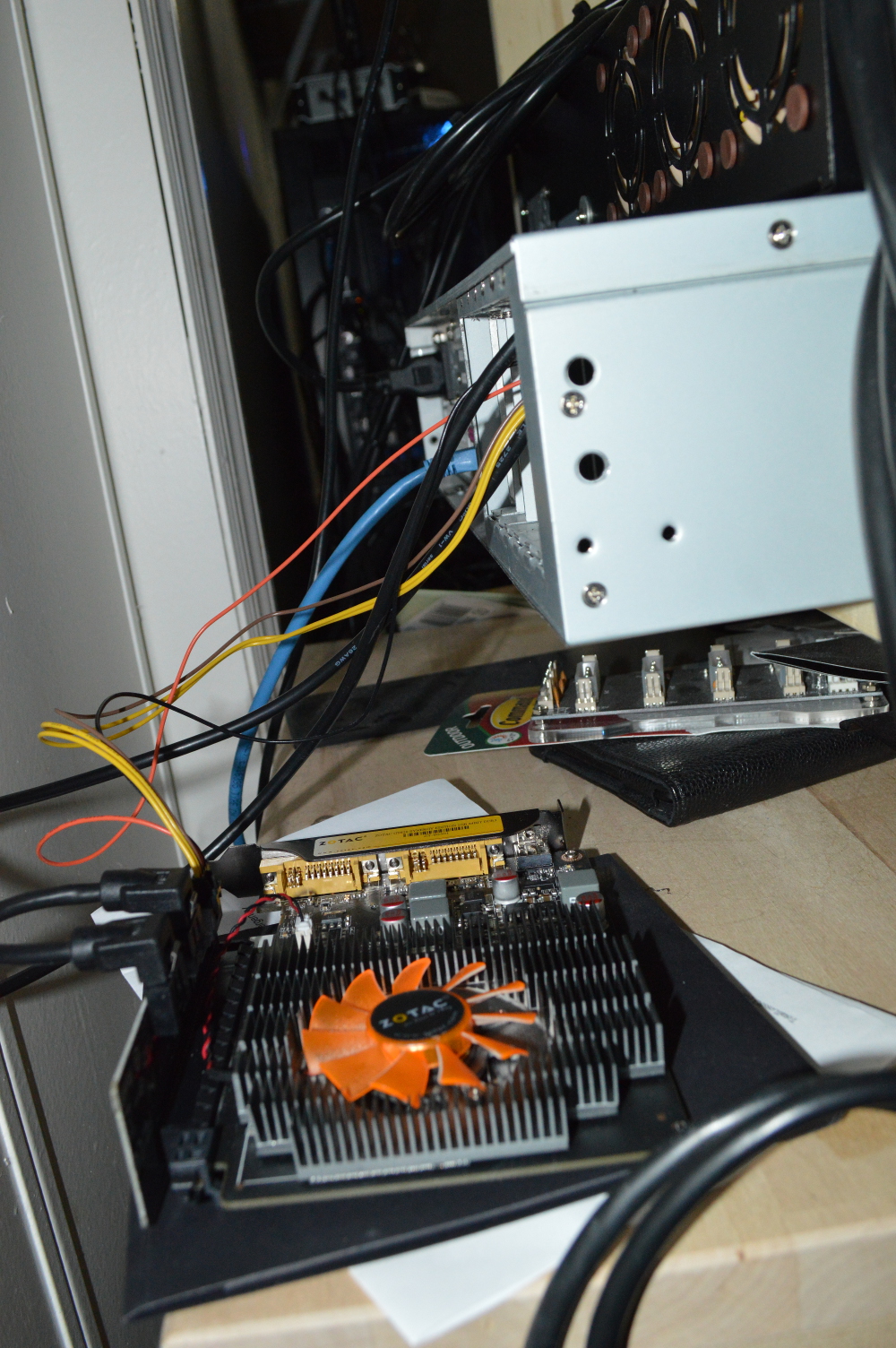
You must be logged in to post a comment.